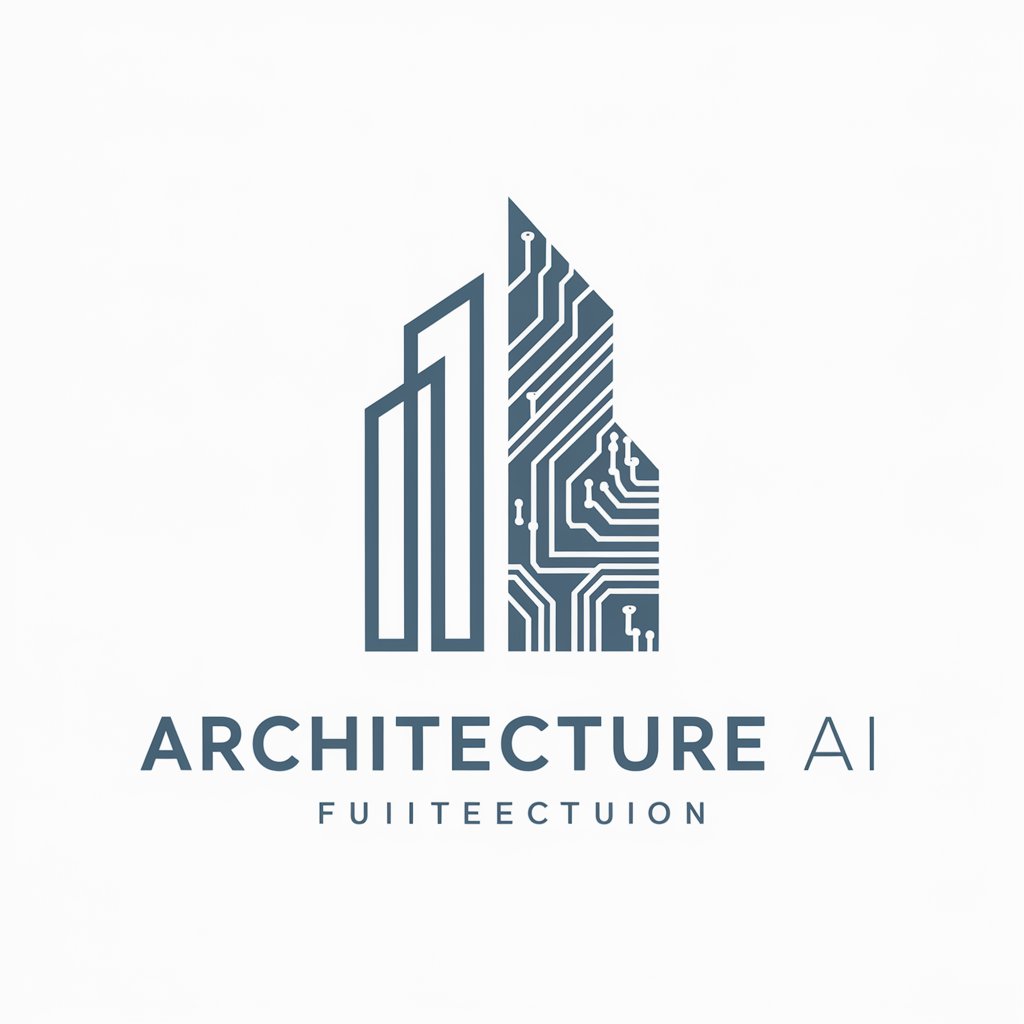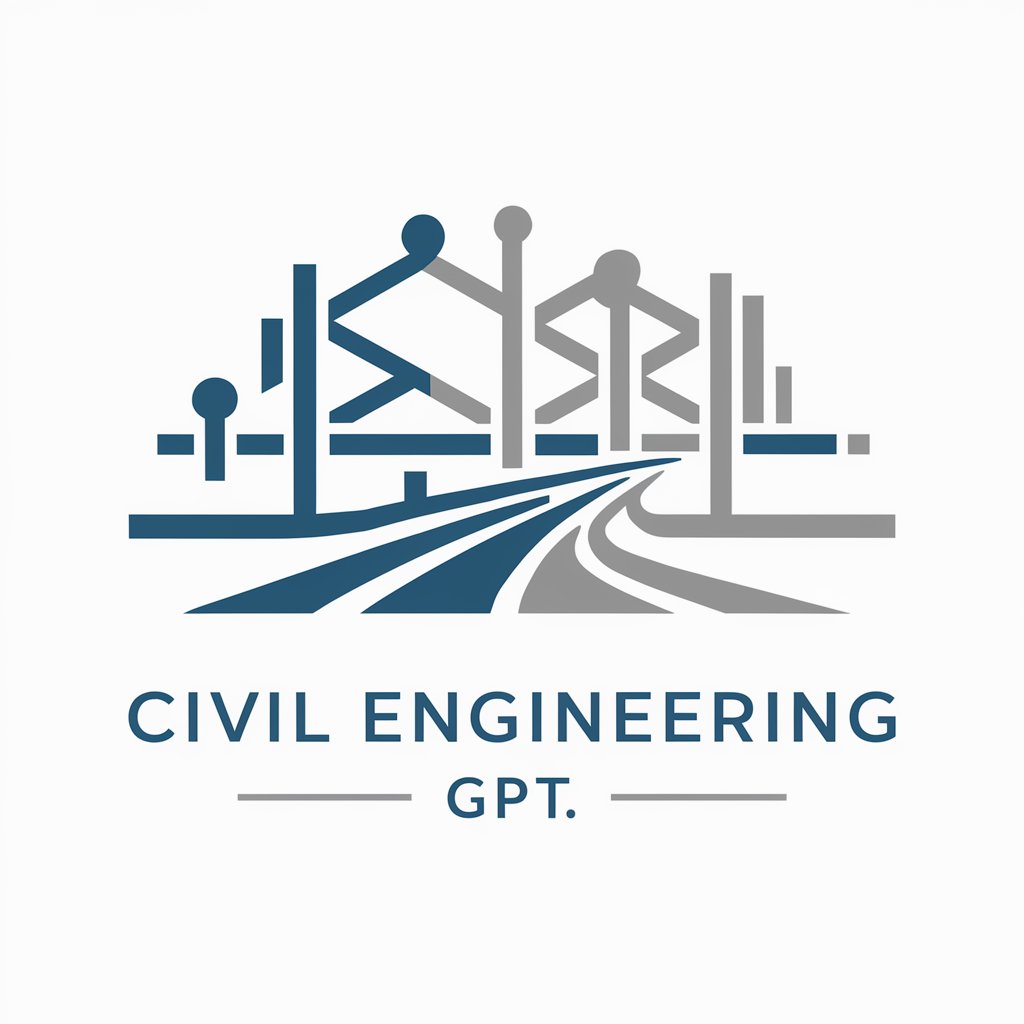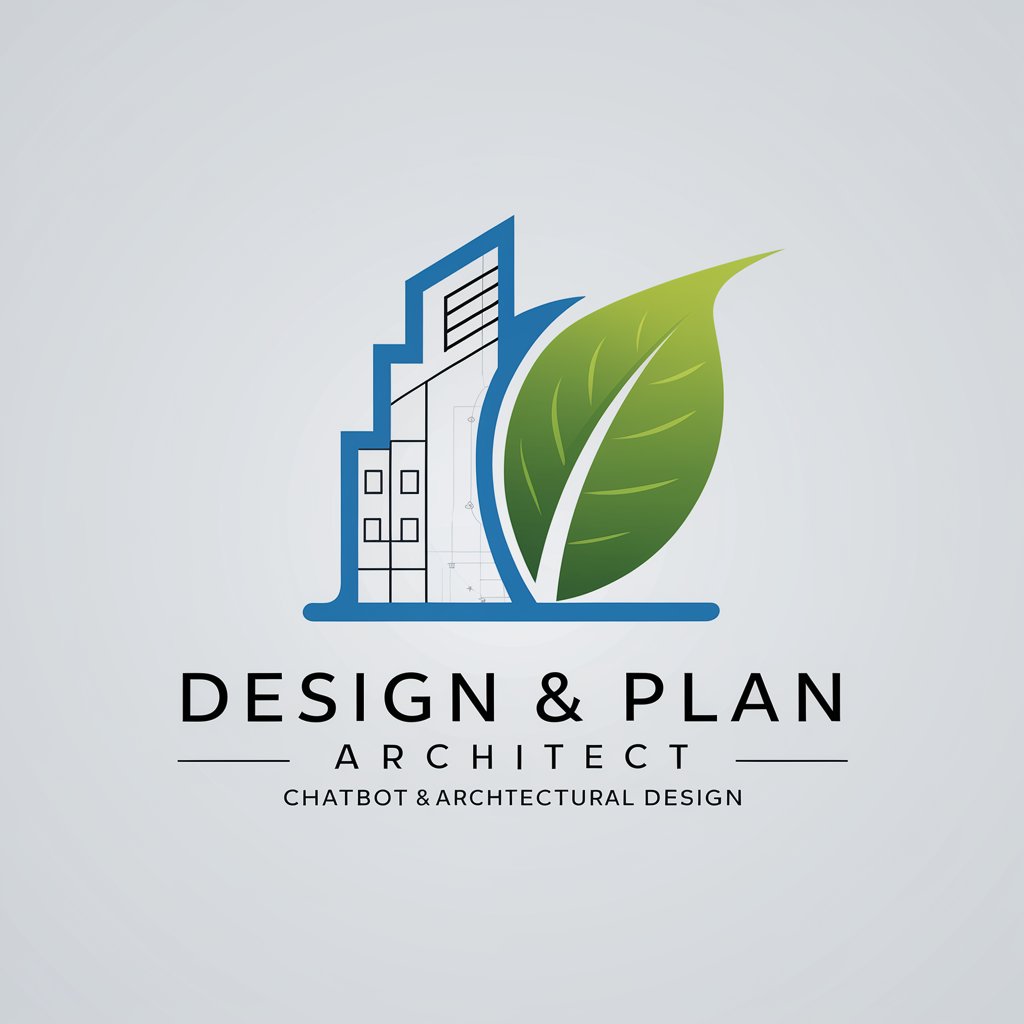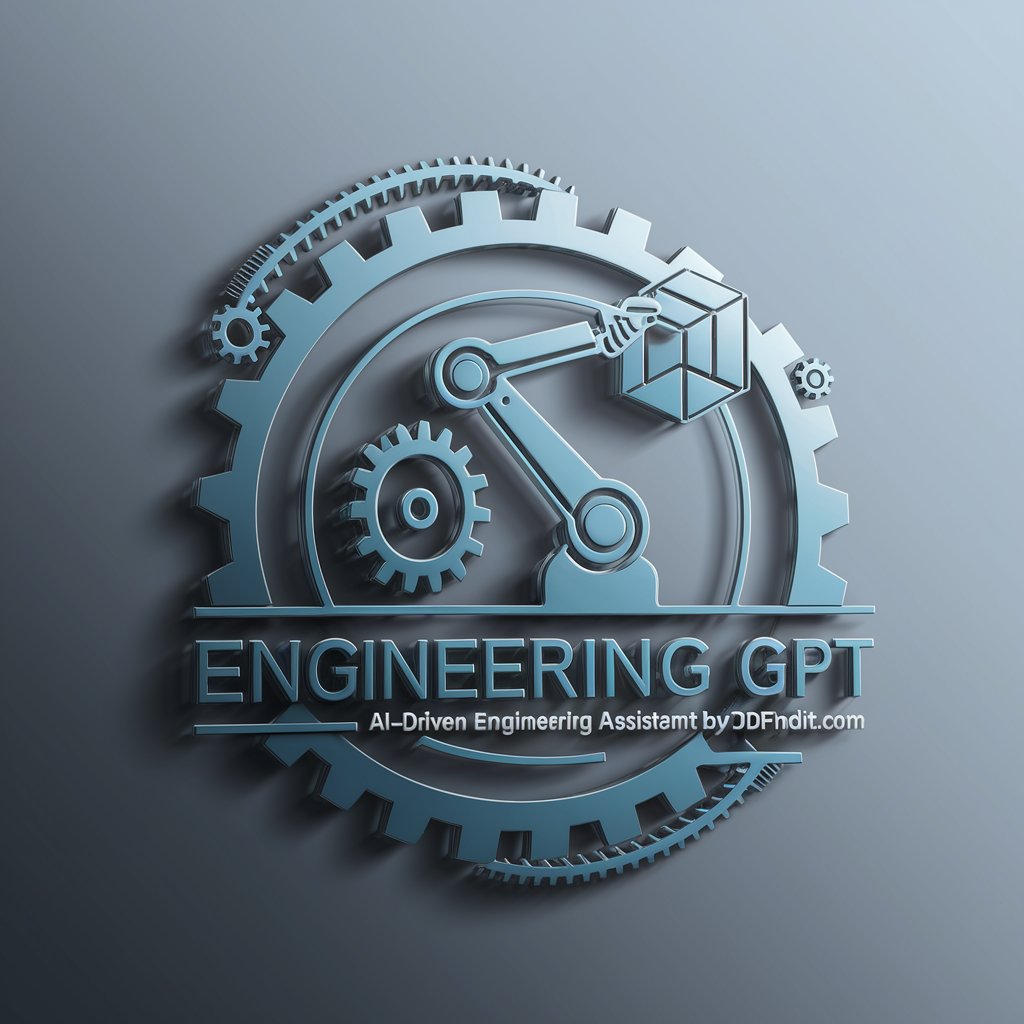
Architecture, Engineering, & Construction - Architectural and Engineering Insights
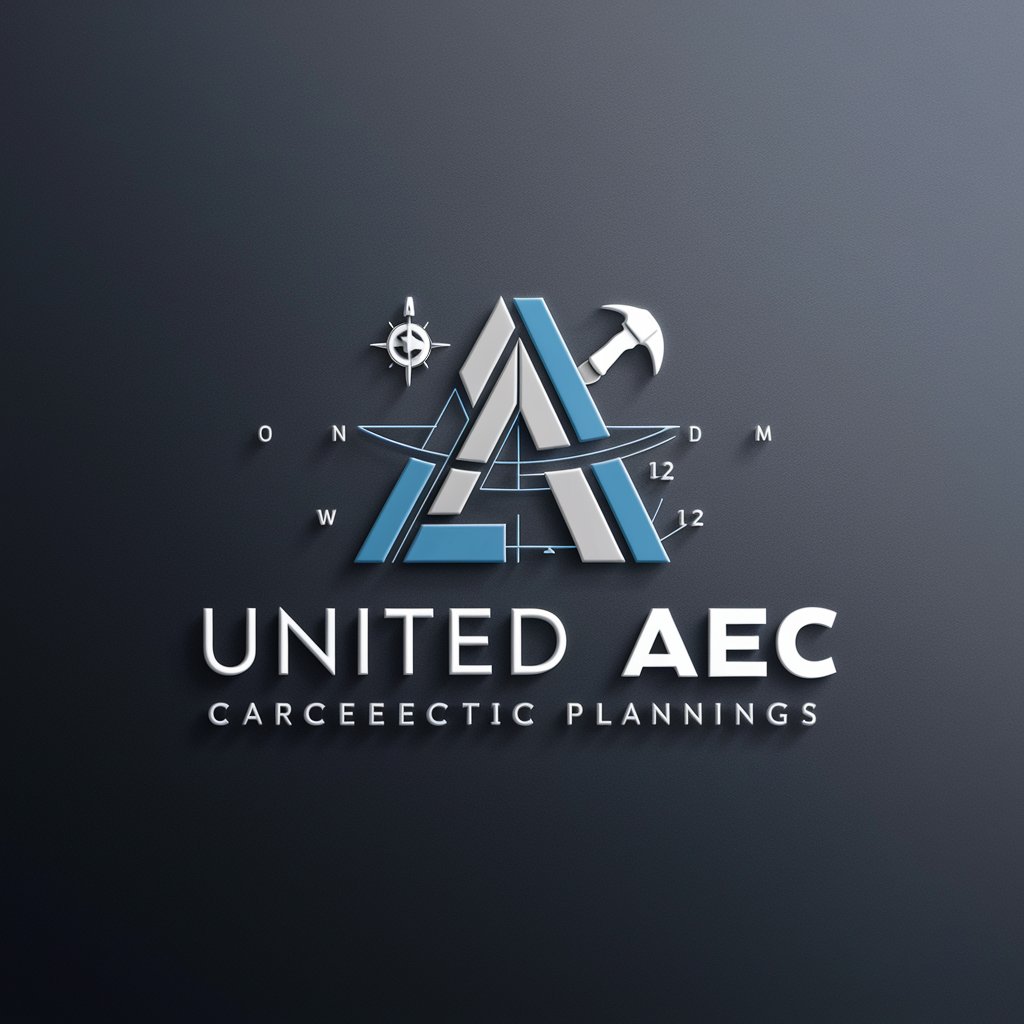
Welcome to United AEC, your expert source for architecture, engineering, and construction insights.
Empowering AEC Projects with AI Innovation
Discuss the latest advancements in sustainable construction materials.
Explain the impact of Building Information Modeling (BIM) on project efficiency.
Analyze the benefits and challenges of prefabricated construction techniques.
Describe the role of structural engineering in high-rise building design.
Get Embed Code
Comprehensive Overview of Architecture, Engineering, & Construction (AEC)
The Architecture, Engineering, & Construction (AEC) sector encompasses a wide array of disciplines and services aimed at the planning, designing, and managing of building and infrastructure projects. Architecture focuses on the conceptualization and design of buildings and spaces, considering aesthetics, functionality, and environmental sustainability. Engineering, divided into multiple branches such as civil, mechanical, electrical, and structural, addresses the technical and physical aspects of constructing and maintaining structures and systems. Construction management orchestrates the actual building process, ensuring projects are completed on time, within budget, and according to specified quality standards. This triad works in unison to bring to life structures ranging from residential homes to skyscrapers, bridges, and public utilities, each discipline contributing its expertise to ensure the safety, durability, and usability of the built environment. Powered by ChatGPT-4o。

Key Functions and Real-World Applications of AEC
Design and Planning
Example
Creating the blueprint for a new sustainable mixed-use development
Scenario
Architects and urban planners collaborate to design a mixed-use complex that incorporates residential units, commercial spaces, and green areas. They use sustainable materials and innovative designs to minimize environmental impact while maximizing functionality and aesthetic appeal.
Structural Engineering
Example
Designing the structural framework for a high-rise building
Scenario
Structural engineers calculate loads, stresses, and the strength of materials to design a safe and stable skyscraper. They ensure the structure can withstand natural disasters such as earthquakes and hurricanes, using advanced simulation tools for testing and validation.
Project Management
Example
Overseeing the construction of a new highway
Scenario
Construction managers coordinate with engineers, architects, and contractors to ensure the timely and budget-conscious execution of a new highway project. They manage schedules, resources, and communications between stakeholders, solving problems that arise during construction.
Sustainability and Environmental Engineering
Example
Implementing green building practices in a new office building
Scenario
Engineers and architects incorporate energy-efficient systems, renewable energy sources, and sustainable materials into the design and construction of a new office building, aiming for LEED certification and reduced carbon footprint.
Target User Groups for AEC Services
Real Estate Developers
Developers benefit from AEC services in the planning, design, and construction of residential, commercial, and industrial projects. They rely on AEC expertise to ensure projects meet market demands, regulatory requirements, and sustainability goals.
Government Agencies
Local, state, and federal government entities use AEC services for public infrastructure projects such as roads, bridges, schools, and utilities. AEC professionals help these agencies design and implement projects that serve the public good, ensuring compliance with safety and environmental standards.
Construction Firms
Construction firms engage AEC professionals to enhance project execution efficiency, manage risks, and ensure that projects are completed within the specified time and budget. Their collaboration is crucial for addressing complex technical challenges and adhering to industry best practices.
Architectural and Engineering Firms
These firms are both providers and users of AEC services, offering specialized design, engineering, and project management services to clients while also collaborating with other AEC professionals to innovate and improve project outcomes.

Guidelines for Utilizing Architecture, Engineering, & Construction AI
Initiate Trial
Access a complimentary trial at yeschat.ai, requiring no login or subscription to ChatGPT Plus.
Define Objectives
Identify your project's objectives and requirements to leverage the AI's capabilities effectively, such as conceptual design, structural analysis, or construction planning.
Engage with the AI
Interact with the AI by presenting specific queries or scenarios related to your AEC project, ensuring to provide as much detail as possible for precise guidance.
Utilize Feedback
Apply the AI's suggestions and analyses to your project, and iteratively refine your queries based on outcomes for optimized results.
Explore Advanced Features
Investigate the AI's advanced functionalities, such as BIM integration, sustainability analysis, and regulatory compliance checks, to enhance your project's efficiency and innovation.
Try other advanced and practical GPTs
IB Expert
Expertise in IB and TWS, powered by AI

Vegan Advocate
Empowering Compassionate Choices with AI

Free Tarot Card Reader
AI-powered tarot for personal guidance

MediTox Advisor
AI-Powered Emergency Medicine & Toxicology Advisor

Arqade
Empowering Gamers with AI

Soilgrower Sage
Cultivate Success with AI-Powered Insights

Insight Extractor
Uncover Deeper Meanings with AI

Appmart.ai
Empower Your Online Presence with AI
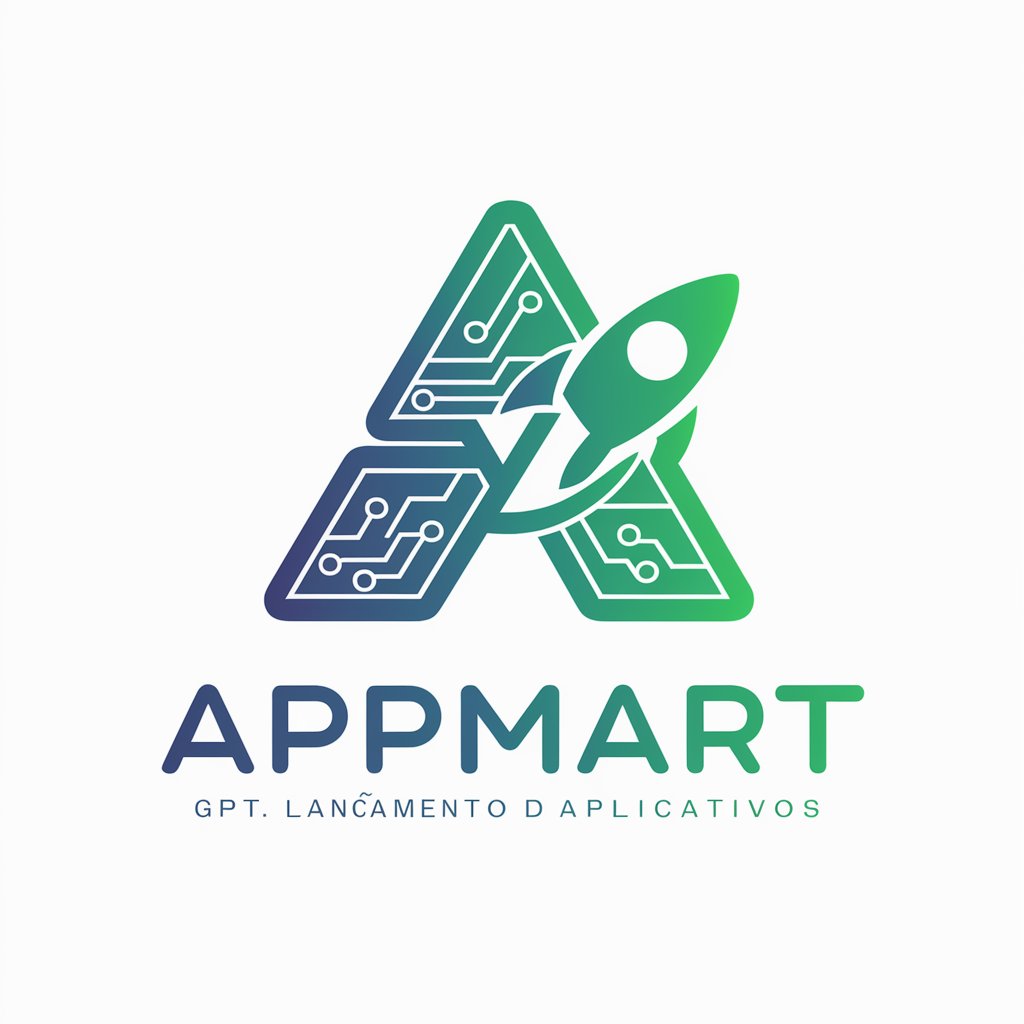
3d Art & Image Creator
Transforming ideas into 3D visuals with AI

MMA Fighter Profile Creator
Bringing Fighter Stats to Life with AI

In-Line Diagnostics
AI-powered Pipeline Integrity Management
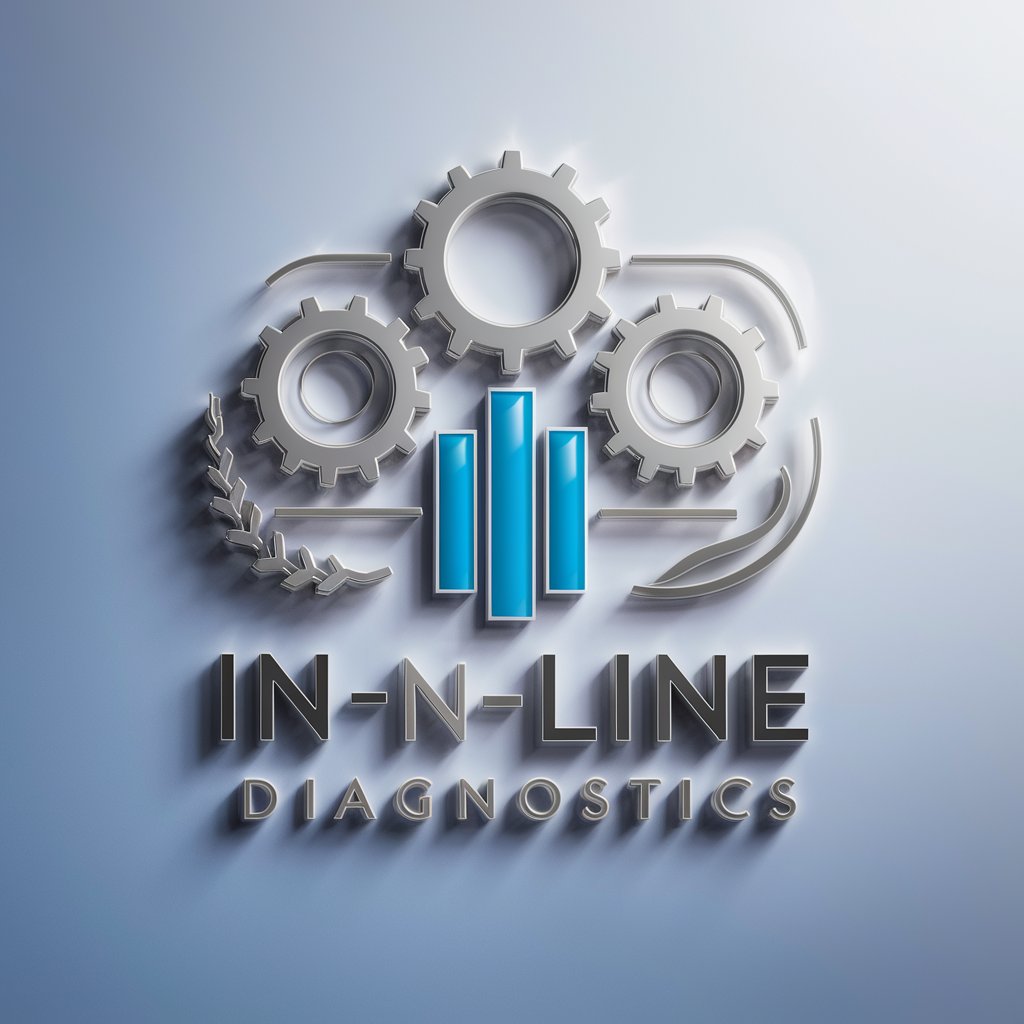
组会PPT助手
Transforming Ideas into Presentations with AI
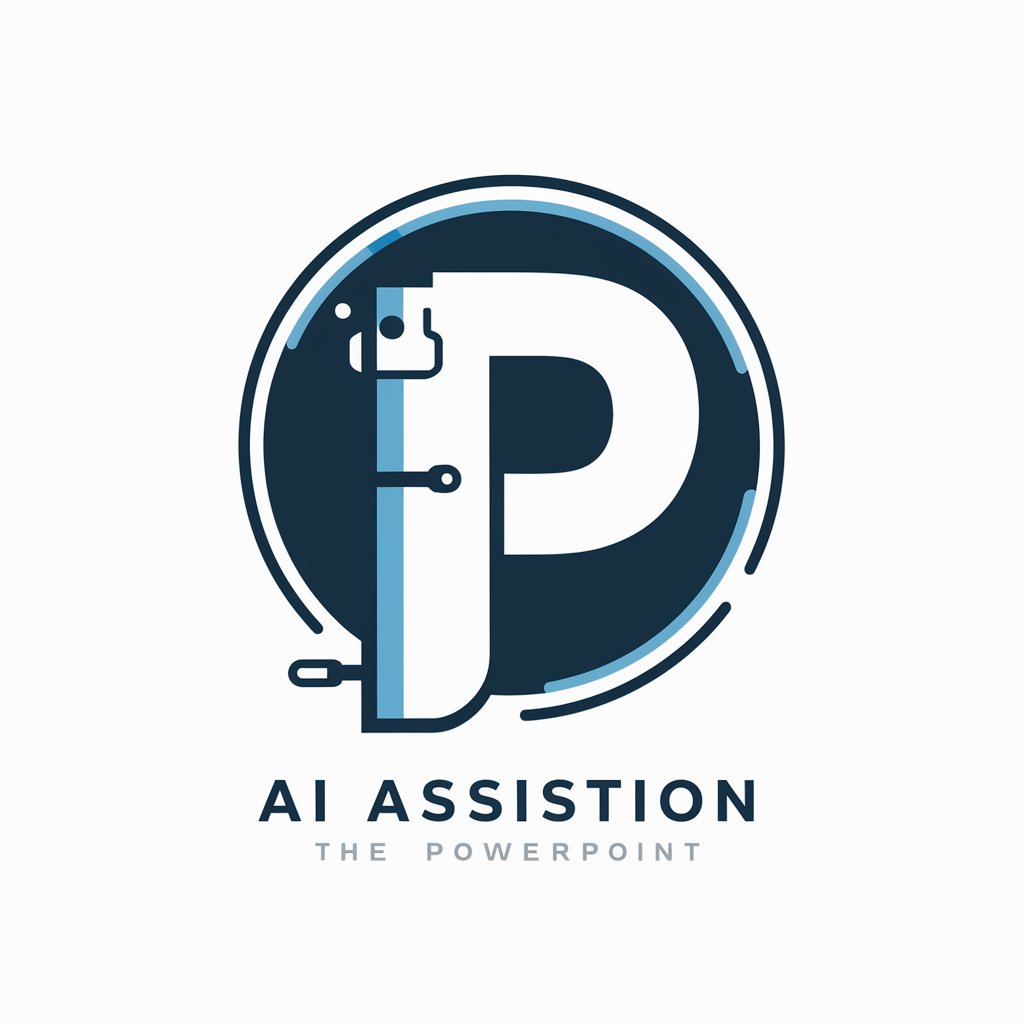
Frequently Asked Questions on Architecture, Engineering, & Construction AI
How can this AI assist in the early stages of architectural design?
The AI offers generative design options, evaluates site conditions, and suggests sustainable building practices, streamlining the conceptual and schematic design phases.
What capabilities does the AI have in structural engineering analysis?
It can perform detailed structural simulations, load analysis, and material optimization, facilitating the selection of efficient, cost-effective structural systems.
Can the AI contribute to construction project management?
Yes, it aids in scheduling, resource allocation, risk assessment, and real-time project tracking, enhancing overall project execution and on-site coordination.
How does the AI integrate with Building Information Modeling (BIM)?
The AI can analyze BIM data, suggest optimizations for design and construction processes, and facilitate collaborative workflows across project teams.
Is the AI capable of addressing sustainability and environmental impact?
Absolutely, it evaluates designs for energy efficiency, carbon footprint, and materials sustainability, supporting the creation of green buildings and compliance with environmental regulations.
